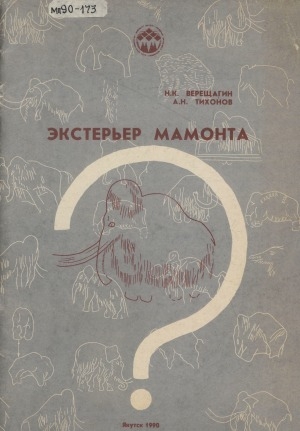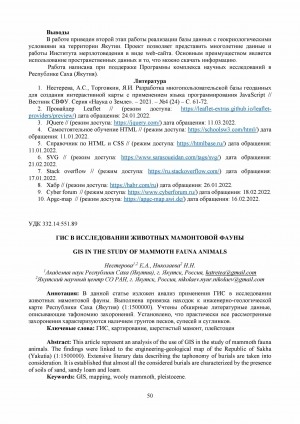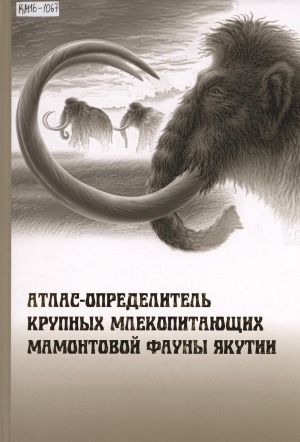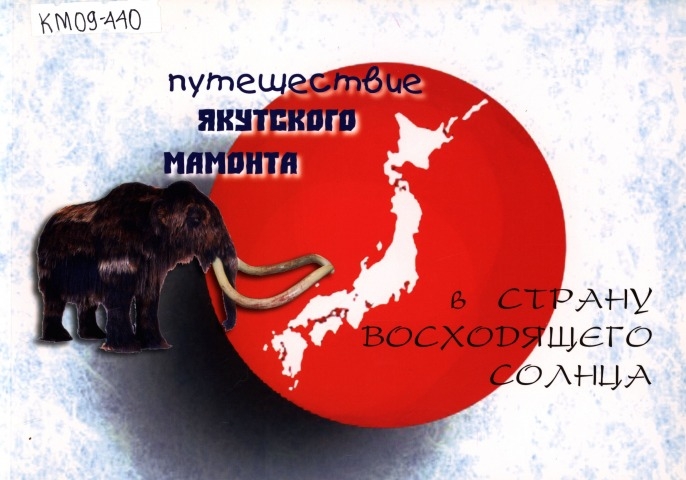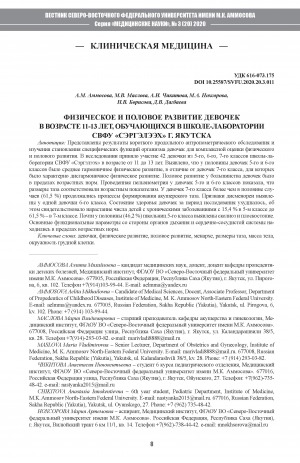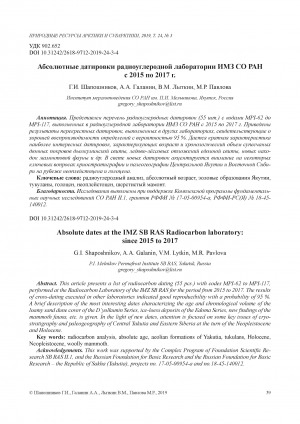Проанализированы сведения о размерах тела шерстистого мамонта Mammuthus primigenius (Blumenbach) второй половины позднего плейстоцена севера Восточной Сибири (Якутия, п-ов Таймыр, западная Чукотка). Статья основана на оригинальных данных автора, принимавшего участие в исследовании морфологических особенностей замороженных останков мумий и скелетов мамонтов, найденных на территории Якутии за последние 30 лет: Чурапчинский, Максунуохский, Юкагирский мамонты; часть скелета мамонта с р. Зимовье (остров Большой Ляховский). Отдельно измерен скелет Тирехтяхского мамонта. Кроме того, проанализированы литературные данные по размерам тела шерстистого мамонта второй половины позднего плейстоцена Восточной Сибири и других регионов. Предыдущими исследователями отмечалось, что высота в холке взрослых самцов M. primigenius с территории Якутии и Таймыра близка таковой самцов азиатского (индийского) слона Elephas maximus L. Отсюда был сделан вывод, что и общие размеры тела у шерстистого мамонта схожи с таковыми азиатского слона. В данной статье, основанной на более обширном материале, показано, что хотя шерстистый мамонт действительно был очень схож по высоте в холке с современным E. maximus, в то же время тело у него было в среднем длиннее, голова больше, т. е. пропорции тела у этих видов были разными. По-видимому, особенности пропорций тела шерстистого мамонта способствовали его лучшему выживанию в условиях ледникового периода.
The data on the body sizes of the woolly mammoth Mammuthus primigenius (Blumenbach) of the second half of Late Pleistocene in the north of Eastern Siberia (Yakutia, Taimyr Peninsula, western Chukotka) are analyzed. The data presented in the article are based on the original data of the author who took part in the study of the morphological features of frozen remains of mummies and skeletons of mammoths found on the territory of Yakutia over the past 30 years: Churapchinsky, Maksunuokhsky, Yukagirsky mammoths; part of the skeleton of a mammoth from the Zimovye River (Bolshoy Lyakhovsky Island). The skeleton of the Tirekhtyakh mammoth was measured separately. In addition, the literature data on the body size of the woolly mammoth of the second half of Late Pleistocene in Eastern Siberia and other regions were analyzed. Previous researchers noted that the height at the withers of adult males of M. primigenius from the territory of Yakutia and the Taimyr Peninsula is close to that of the male Asian (Indian) elephant Elephas maximus L. It was concluded from this fact that the overall body size of the woolly mammoth was Filisimilar to that of the Asian elephant. It is demonstrated in this article on the basis of more representative material that, although the woolly mammoth was indeed very similar in height at the withers to modern E. maximus, at the same time, its body was on average longer, the head was larger, i.e. body proportions of these species were different. Apparently, the peculiarities of the proportions of the body of the woolly mammoth contributed to its better survival under the conditions of the Ice Age.


![Обложка Электронного документа: Young Woolly Mammoth Discovered in Yakutia: [Yukagir village, Ust Yanski region]](/_next/image?url=https%3A%2F%2Fe.nlrs.ru%2Fimgs%2Fcovers%2F87149.jpg&w=640&q=100)
![Обложка Электронного документа: "На мамонтах остановитесь". Путину рассказали про якутский Плейстоценовый парк, где живут бизоны, зубры и верблюды: [Нижнеколымский район]](/_next/image?url=https%3A%2F%2Fe.nlrs.ru%2Fimgs%2Fcovers%2F120281.jpg&w=640&q=100)

